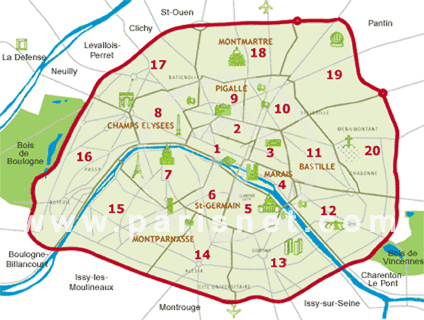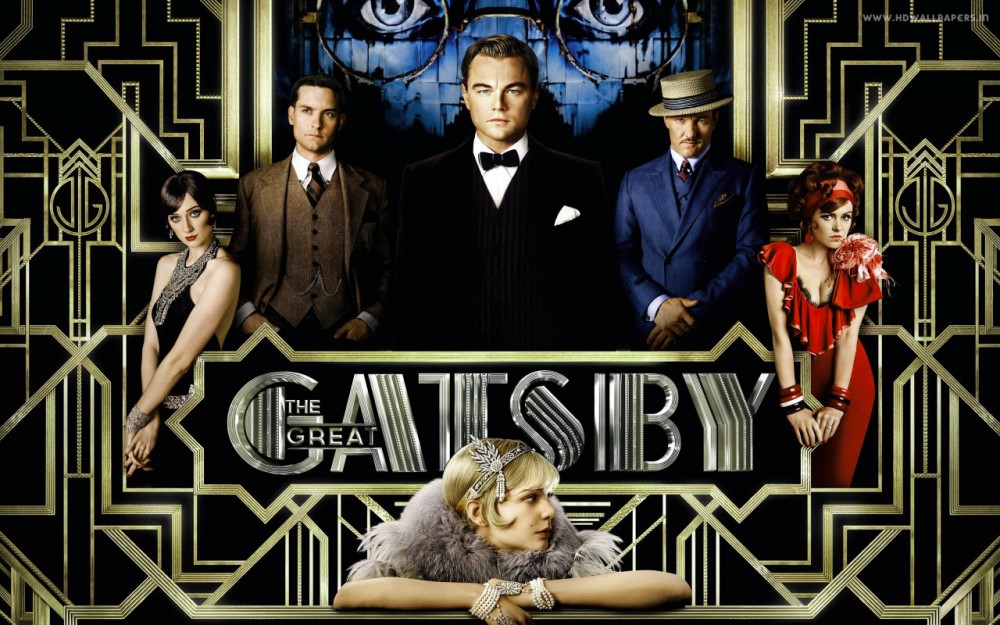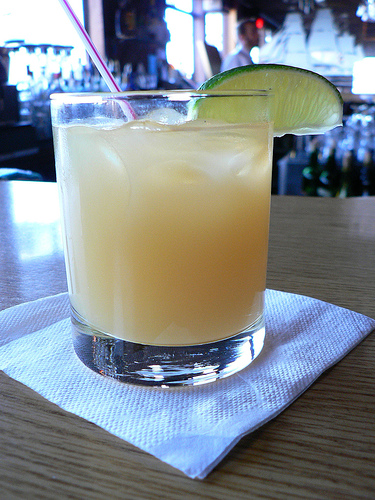A photogenic Irish family band comprising three sisters and one brother, The Corrs blend (mezclan ) the music of their Irish background with contemporary pop/rock elements. The quartet formed in 1991 and released their first studio album, Forgiven Not Forgotten (perdonado (pero) no olvidado) in 1996 .
 |
| The Corrs are Sharon (violin, vocals),Caroline (Drums, Bodhran, vocals), Jim (Keyboards, guitar, vocals),Andrea( Lead vocals, tin whistle) |
Listen to the song and fill in the gaps, then do the exercise about the often confused verbs lie and lay. The answers are in the comments. Finally for those of you who are fans of The Corrs and would like to enjoy more of their music,here is a link to their full concert at the Royal Albert Hall .
Forgiven Not Forgotten
Watching her (1) ____ go by (pasar)
When her days are (2)_____
And her nights are black
Different shades of mundane
And the one -eyed furry (3) ___ (peluche)
That lies upon the bed
Has often heard (4) ____ cry
And heard her whisper out a name
Long (hace tiempo) forgiven, but not forgotten
You're forgiven not forgotten (x3)
You're not forgotten.
A bleeding (5) ____ torn apart (roto)
Left on an (6)____grave
In the room where they once (7)____
Face to face
Nothing could get in their way
But now the (8)______- of the man are haunting her days
And the craving (anhelo) never fades (desvanece)
She's still (9) __________ of a man
Long forgiven, but not forgotten
You're forgiven not forgotten(x3)
You're not forgotten
Still alone, staring on
Wishing her life goodbye
As she goes searching for the man
Long forgiven, but not forgotten
You're forgiven not forgotten...
Look at the following examples and then complete the sentences:
lie /lai/ position ( lay-lain) Ex.:You lie on the beach.
lie /lai/ speak falsely ( lied-lied) Ex.: I suspect he lies about his age.
lay /lei/ put down- (laid-laid) Ex.:She laid the baby on the bed.
lay /lei/ produce eggs ( laid-laid) Ex.: Turtles lay their eggs in the sand.
1. She got a sunburn from__________( lying/ laying) on the beach too long.
2. Mary said that she had ____________ ( lain/ laid) the book on a table.
3. My chickens ____________(laid/lay) 20 eggs yesterday.
4.. I often _____________(lay/lie)in bed for hours on Sunday mornings.
5. Don't trust her. She's _________( laying/ lying)
6. The cuckoo______ (lays/lies) its eggs in other bird's nests.
7. Last night I _____________ (lay/lied) awake in bed, thinking about my life.
8. The fugitive___________________ (laid/lay) down his gun.
9. Martha's cat ____________(lays/lies) next to her when she reads.
6. The cuckoo______ (lays/lies) its eggs in other bird's nests.
7. Last night I _____________ (lay/lied) awake in bed, thinking about my life.
8. The fugitive___________________ (laid/lay) down his gun.
9. Martha's cat ____________(lays/lies) next to her when she reads.











